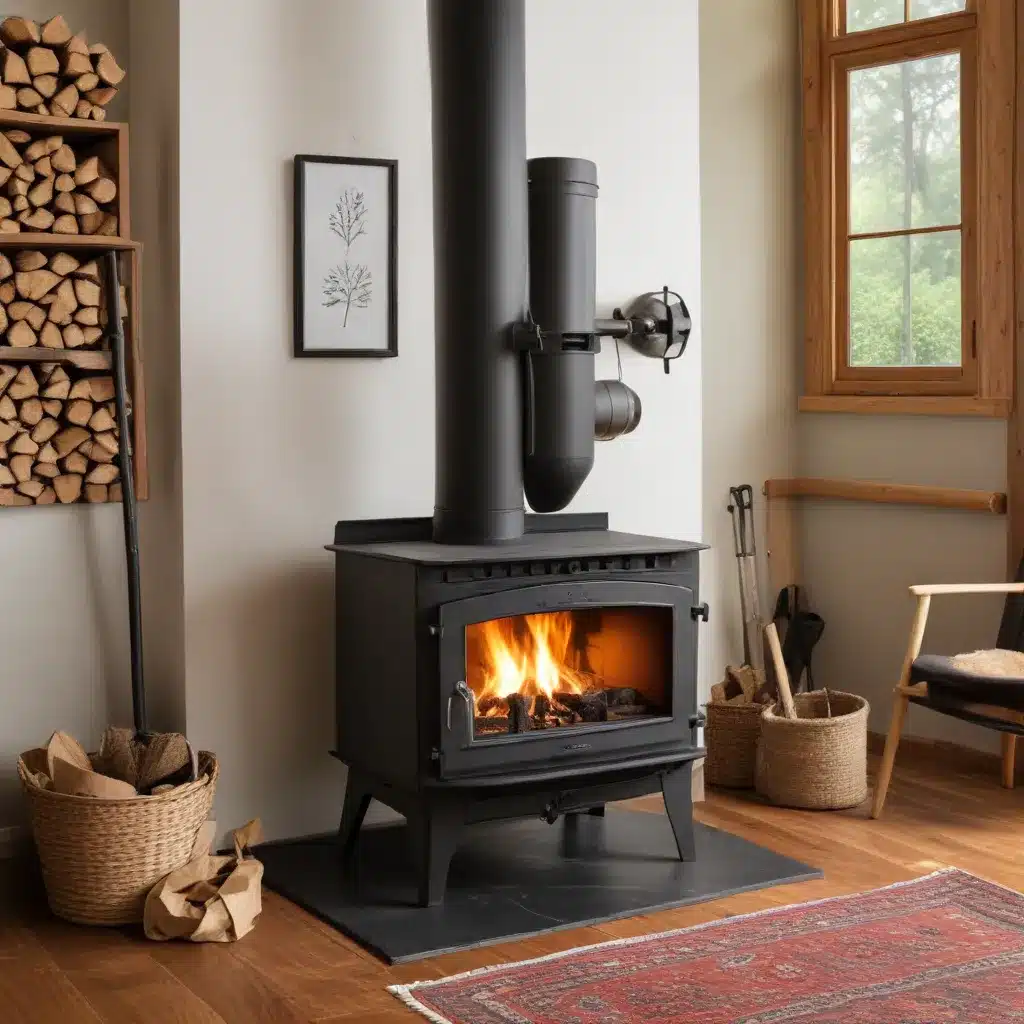
As a seasoned expert in wood stoves and heating solutions, I’ve seen firsthand how proper maintenance and care can significantly extend the lifespan of these valuable investments. Whether you’re a homeowner seeking to maximize the efficiency and longevity of your wood stove or a newcomer exploring sustainable heating options, this comprehensive guide will provide you with the essential tips and insights to keep your wood stove performing at its best for years to come.
Establishing a Maintenance Routine
Maintaining a wood stove is a crucial aspect of ensuring its long-term performance and safety. Just like any other appliance, a wood stove requires regular attention and care to function optimally. By incorporating a consistent maintenance routine into your home’s upkeep, you can significantly prolong the lifespan of your wood stove and enjoy its warmth and comfort for many winters to come.
Cleaning the Stove Interior
The first and most essential step in maintaining your wood stove is to thoroughly clean the interior. Begin by removing any ash, soot, or creosote buildup from the firebox, baffle, and glass door. This not only enhances airflow but also helps prevent potential blockages that could compromise the stove’s performance or even pose a fire hazard.
During this cleaning process, visually inspect the fire bricks and baffle plate for any signs of excessive wear or distortion. If you notice any damage, it’s crucial to have these components replaced by a professional to ensure the stove’s continued safe operation.
Chimney Maintenance
The chimney is often referred to as the “engine” that drives your wood stove, and its proper maintenance is paramount. Schedule an annual chimney sweep by a qualified professional to remove any built-up creosote or debris. Creosote accumulation can lead to dangerous chimney fires, and blockages can cause severe safety issues, such as the backdrafting of harmful gases into your living space.
Gasket Inspection and Replacement
The door gaskets play a vital role in maintaining an airtight seal for your wood stove, ensuring efficient combustion and preventing the escape of smoke and fumes. Regularly inspect these gaskets for signs of wear and tear, such as cracking or brittleness. Perform the “paper test” by closing the door on a sheet of paper; if you can easily pull the paper out, it’s time to replace the gaskets.
Ventilation Checks
Proper ventilation is essential for the optimal performance of your wood stove. Ensure that your home has adequate airflow, as any changes to the building’s structure, such as new windows or doors, can affect the replacement air requirements for your stove. If you notice any issues with the ventilation, consult a professional to address the problem.
Fuel Selection and Storage
The type and quality of the wood you burn in your stove can significantly impact its efficiency, longevity, and safety. Always use seasoned, well-dried wood with a moisture content of 20% or less. Avoid burning wet or green wood, as it can lead to the buildup of creosote in the chimney, hinder combustion, and compromise the overall performance of your wood stove.
When storing your firewood, keep it in a dry, well-ventilated area, preferably covered to protect it from the elements. Proper storage will ensure that your wood is properly seasoned and ready for efficient, clean-burning in your stove.
Ash Management
Regularly emptying the ash pan (if your stove is equipped with one) is essential to prevent excessive ash buildup, which can obstruct airflow and impair the stove’s operation. Aim to remove the ashes when the pan reaches a level where it’s touching the underside of the grate. Dispose of the ashes in a metal container with a lid, keeping it safely away from any combustible materials.
Stovepipe Inspection and Maintenance
Periodically inspect the visible sections of the stovepipe for any signs of damage or corrosion. Pay close attention to any flue lengths with inspection hatches, as these areas can be prone to issues. If you notice any problems, address them promptly to ensure the safe and efficient operation of your wood stove.
Maintaining Safe Clearances
It’s crucial to ensure that your wood stove maintains the recommended clearance from combustible materials, such as walls, furniture, and curtains. Adhering to these safety guidelines will prevent heat-related accidents and ensure the safe operation of your stove.
Carbon Monoxide Alarm Maintenance
While not directly related to the wood stove itself, maintaining a functioning carbon monoxide (CO) alarm is a crucial safety measure. Regularly test your CO alarm to ensure it’s in good working order, and replace the battery or the entire unit if necessary. Carbon monoxide is an odorless, colorless gas that can be extremely hazardous to human health, so this simple step can provide invaluable protection for your home and family.
Professional Servicing and Inspections
While there are many maintenance tasks you can perform yourself, certain aspects of wood stove care are best left to the professionals. Scheduled inspections and servicing by qualified technicians can identify potential issues, perform comprehensive maintenance, and ensure the continued safe and efficient operation of your wood stove.
At https://woodstoveheaters.com/, we have a team of experienced experts who specialize in wood stove maintenance and repair. Our technicians are well-versed in the latest safety protocols and industry best practices, ensuring that your wood stove receives the care and attention it deserves.
By following these comprehensive maintenance and care tips, you can extend the lifespan of your wood stove and enjoy its warmth and comfort for many years to come. Remember, regular attention and diligence are the keys to maximizing the performance and longevity of your wood stove investment. Stay safe, stay warm, and keep your wood stove in top shape with these expert-approved strategies.


